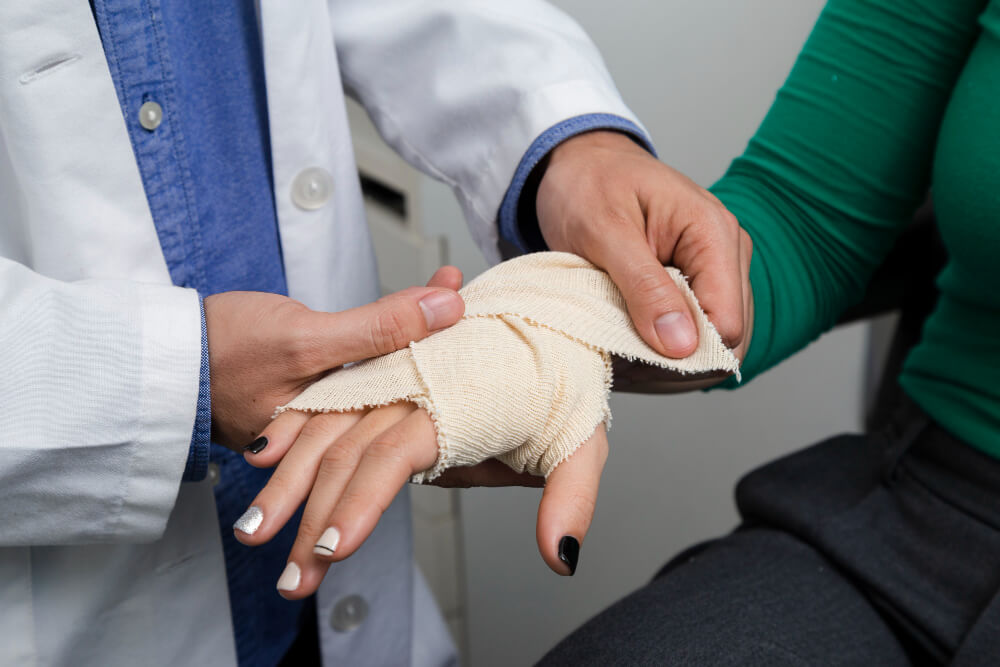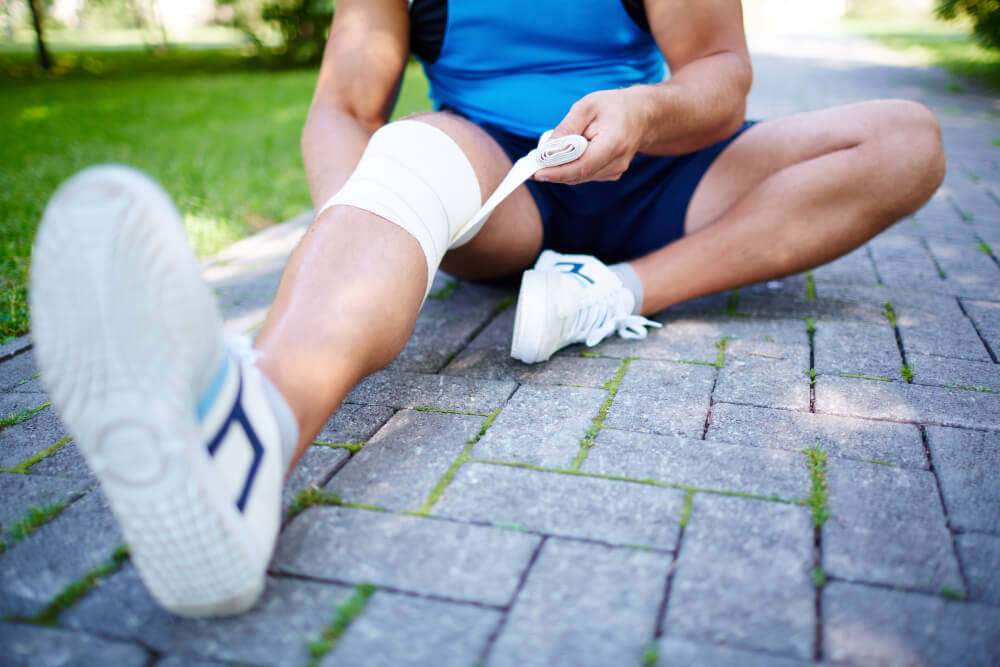Cracked Up? Understanding Fractures and Ligament Injuries
Our bodies are remarkable machines, built to withstand a surprising amount of wear and tear. But sometimes, accidents happen, and we experience injuries that disrupt our everyday lives. Two common injuries that can cause pain, limited mobility, and concern are fractures (broken bones) and ligament tears (sprains). While they share some similarities in symptoms, the underlying causes and recovery processes differ significantly. This article delves into the world of fractures and ligament injuries, helping you understand their distinctions, treatment options, and the path to recovery.
Bone Basics: Demystifying Fractures
What is a Fracture?
A fracture, simply put, is a break in a bone. It can be a complete break, where the bone separates into two or more pieces, or an incomplete break (like a hairline fracture), where there’s a crack in the bone.
Types of Fractures:
Fractures come in various forms, each with its own characteristics:
- Hairline Fracture: A small crack in the bone, often causing minimal pain and displacement.
- Comminuted Fracture: The bone breaks into several pieces.
- Open Fracture (Compound Fracture): The broken bone pierces the skin, creating an open wound. This requires immediate medical attention due to the risk of infection.
- Stress Fracture: A small crack caused by repetitive stress over time, often seen in athletes.
Symptoms of a Fracture:
The telltale signs of a fracture can include:
- Sudden and intense pain at the injury site
- Swelling, bruising, and discoloration around the area
- Deformity or visible bone misalignment in severe cases
- Difficulty moving or bearing weight on the affected limb
- Grating or snapping sound at the time of injury (not always present)
Diagnosing Fractures:
If you suspect a fracture, immediate medical attention is crucial. Doctors typically use X-rays to visualize the break and determine its severity. In some cases, additional imaging tests like CT scans or MRIs might be needed for a more detailed evaluation.
Ligament Lowdown: All About Sprains
What is a Sprain?
A sprain occurs when a ligament, a tough band of tissue connecting bones at a joint, is stretched, twisted, or torn. Sprains can range in severity, from mild stretches to complete tears.
Grades of Sprains:
Depending on the degree of ligament damage, sprains are classified as:
- Grade 1 Sprain (Mild): Microscopic tears in the ligament, causing minimal pain and swelling.
- Grade 2 Sprain (Moderate): Partial ligament tear, with moderate pain, swelling, and instability in the joint.
- Grade 3 Sprain (Severe): Complete tear of the ligament, resulting in significant pain, swelling, bruising, and severe joint instability.
Signs of a Sprain:
The common symptoms of a sprain include:
- Pain at the injured joint, especially during movement
- Swelling, tenderness, and bruising around the joint
- Difficulty moving the joint through its full range of motion
- Feeling of instability or weakness in the joint
Treating Sprains:
Most sprains can be treated effectively with the RICE method:
- Rest: Avoid strenuous activity to allow the ligament to heal.
- Ice: Apply ice packs to the injured area to reduce inflammation and swelling.
- Compression: Wrap the joint with an elastic bandage to provide support and minimize swelling.
- Elevation: Elevate the injured limb above the heart to reduce swelling.
Recovery Time:
The recovery time for a sprain depends on the severity of the tear. Grade 1 sprains typically heal within a few weeks, while Grade 2 and 3 sprains can take several months, sometimes requiring physical therapy to regain full range of motion and strength.
Telling the Difference: Fractures vs. Sprains
While both fractures and sprains can cause pain and limited mobility, some key factors can help differentiate between them:
Severity of Pain: Fractures often cause more intense and immediate pain than sprains. Swelling and Bruising: Fractures may have more significant swelling and bruising compared to sprains. Deformity: In some fractures, the affected area might appear visibly deformed or misaligned. Ability to Bear Weight: With a fracture, putting weight on the injured limb is often difficult or impossible, while some sprains might allow some weight-bearing.
When to See a Doctor:
If you experience any of the following, it’s crucial to seek medical attention:
- Severe pain that doesn’t improve with rest or home remedies
- Significant swelling or bruising
- Deformity or visible bone misalignment
- Inability to bear weight on the affected limb


